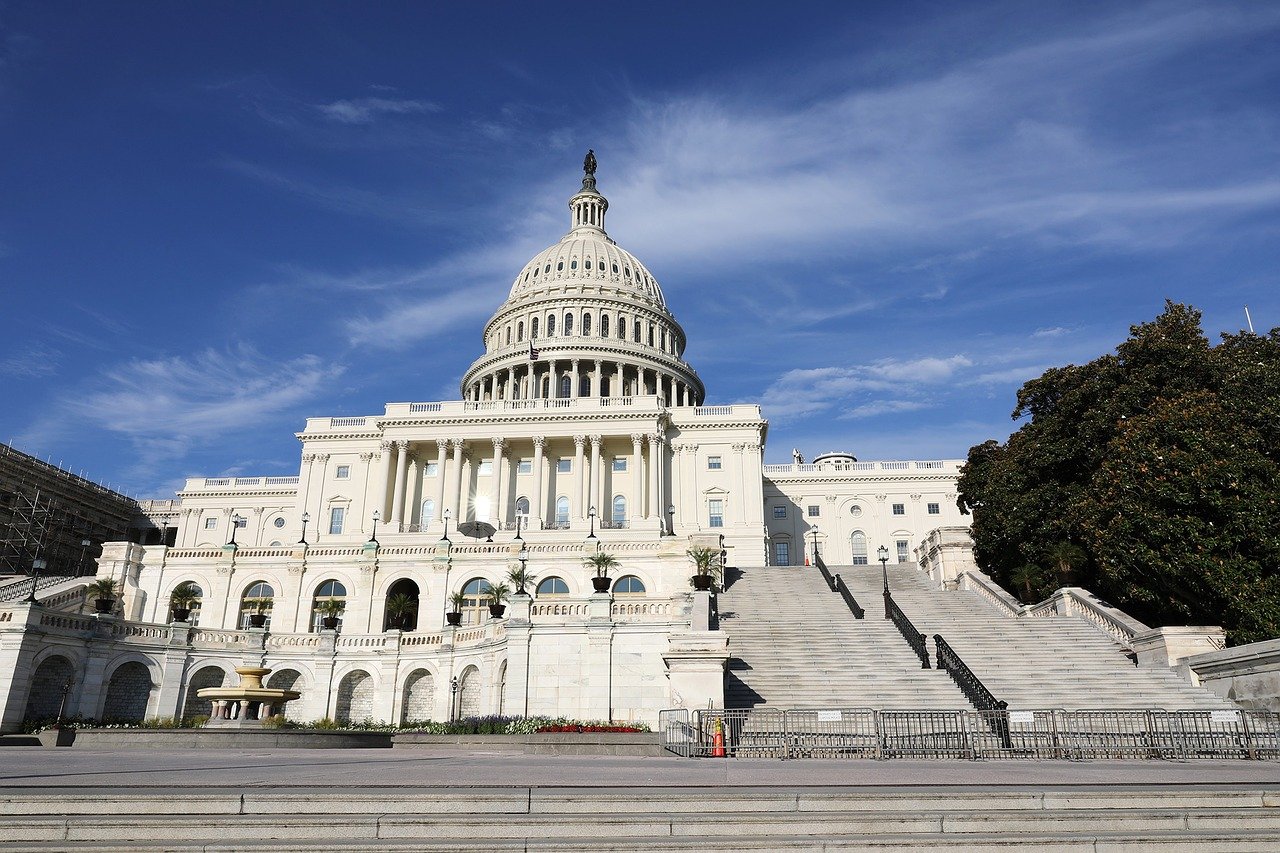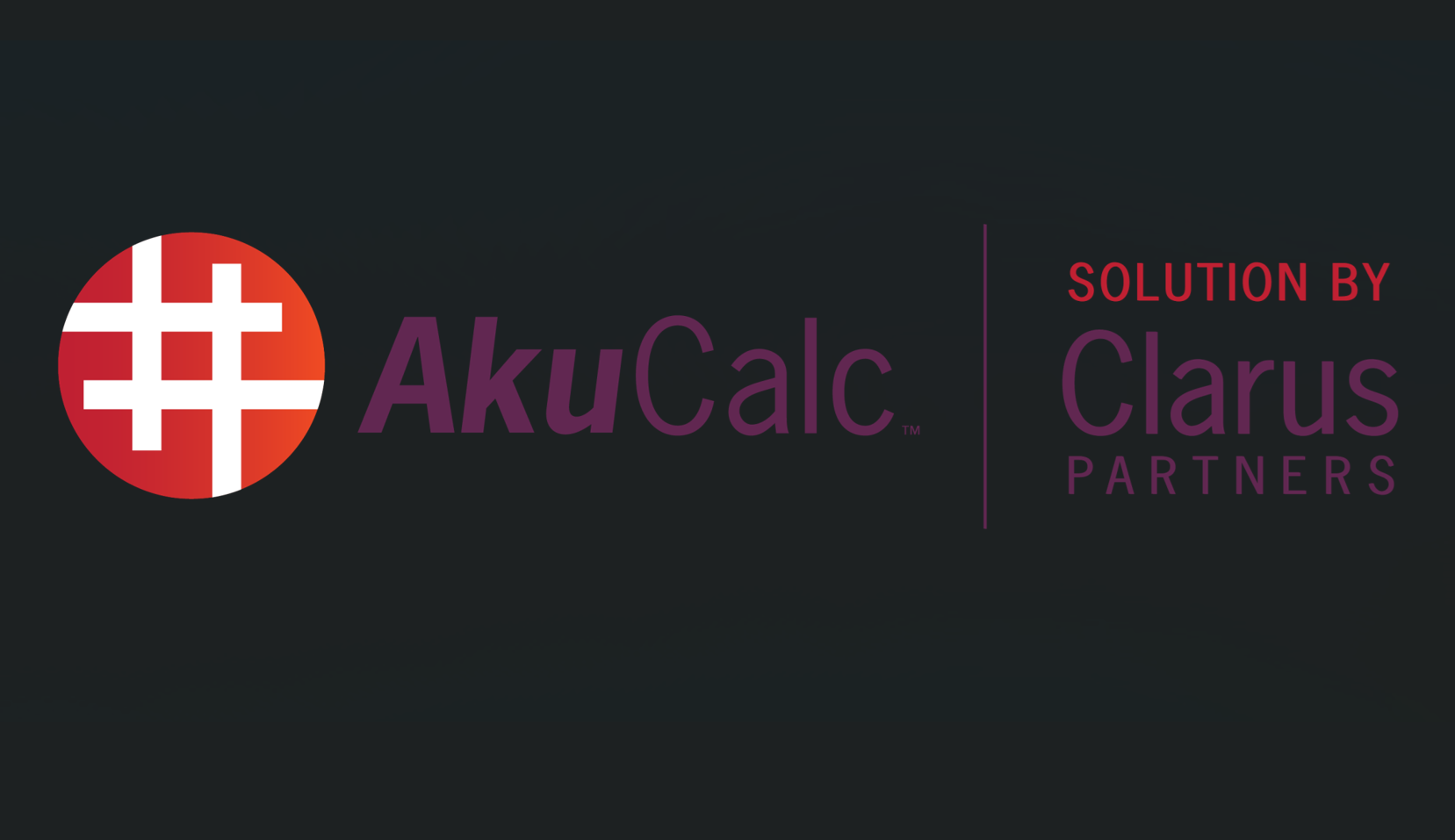Economists are expecting a better 2014 for economic growth, saying with less drag from federal government policy, the economy is poised to continue adding more jobs, spurring higher consumer spending.
The economy should also benefit from stronger export growth as demand improves in Europe and Asia, experts said.
The growth is not expected to be dramatic; The PNC Financial Services Group's economists are projecting real Gross Domestic Product growth of 2.5 percent for the year ahead, up from growth estimates of 1.6 percent for full-year 2013. Real GDP estimates the value of goods and services produced in the U.S. adjusted for inflation.
PNC is expecting total employment growth of 1.6 percent in the U.S. to be unchanged in 2014 from 2013, but sees the national unemployment rate sinking from 7.4 percent in 2013 to 6.7 percent next year.
“It's going to be noticeably better in 2014 than 2013,” said Gus Faucher, senior economist for PNC.
A regional outlook compiled by an advisory committee of five Cincinnati-area economists calls for similar real U.S. GDP projections, but expects higher national employment growth of 1.8 percent in 2014, compared to 1.7 percent in 2013.
The committee, whose findings were presented by the Cincinnati USA Partnership for Economic Development and Northern Kentucky Chamber of Commerce, predicts Gross Regional Product growth for the Cincinnati metropolitan of 2 percent in 2014, up from 1.4 percent in 2013. The consensus of the five Cincinnati economists is for area employment to rise 1.4 percent in 2014, slightly above a 1.2 percent growth rate in 2013. The group also sees regional unemployment falling below 7 percent.
“We have a great foundation for growth to build a virtuous cycle on,” said Richard Stevie, a panelist on the Cincinnati economic advisory committee.
“As people spend more and as the economy is moving ahead, even though it's going at a slow pace, that creates some jobs, which then encourages further spending and that builds upon the growth in the economy,” Stevie said. “Part of this foundation right now is construction and autos.”
Remember this time last year? Talks were of the economy going off the fiscal cliff, and questions abound about the impact, especially here, of sequestration. The so-called fiscal cliff was the roughly $600 billion of tax increases and budget cuts set to take effect at the end of 2012, early 2013.
Turns out sequestration had real, but less-than-feared impacts on the economy. The uncertainty those policies created entering 2013 was enough to cause businesses and consumers to hesitate, Faucher said. Businesses have hesitated to spend money to hire more people. Consumers, who saw their payroll taxes rise, held back on spending.
As 2013 draws to a close, the risks are more balanced, Faucher said.
Potential drags heading into 2014 include fears of another government shutdown related to debt ceiling debates and the implementation of federal health reform.
However, “people aren't as concerned about (a government shutdown) this time around because we've already suffered through it and they're unlikely to do it again,” Faucher said. “We know what tax rates are going to be and they're not going to increase.”
“We can't even achieve average growth”
The average long-term growth rate for the U.S. economy going back 60 years is about 3 percent, said Ken Mayland, president of ClearView Economics LLC. But the American economy's recovery has been feeble. In 11 of the last 15 quarters, the economy has grown at an annual rate of less than 3 percent, Mayland said.
“We can't even achieve average growth,” Mayland said in October at KeyBank's annual economic forecast presentation.
Major problems include weak job growth. The U.S. has seen payrolls increase by 184,000 on average a month over the last 12 months. To put that in perspective, payrolls were growing by about 450,000 a month in two post-recession periods in the 1970s and 1980s adjusted for the size of today's labor force, Mayland said.
Job growth is “puny versus what we actually achieved in the past,” he said.
Meanwhile, average wage growth is trending at about 2 percent, the same as inflation, he said.
“The increase in wages has only compensated for the increase in prices,” he said. “You've got to get job growth higher to achieve higher economic growth.”
Other things impacting the economy include a period of federal government stimulus replaced by budget cuts; regulations; and uncertainty.
“We had some major, major uncertainties as 2012 came to a close and we entered 2013. The easiest thing to do is wait and see until the dust settles,” he said. “A number of the uncertainties have been reduced” since this time last year.
“Where we are disappointing is job growth”
Nationally, the economy remains about 1.5 million jobs below the pre-recession employment peak, Faucher, of PNC, said. However, U.S. GDP actually recouped its losses from the recession by the end of 2011, according to government figures.
Faucher is expecting strong growth for 2014 in anticipation that jobs will continue to grow as productivity — which has boosted output — slows, he said.
Businesses are starting to find they can't count on gains in productivity thanks to technology and hard work alone to meet growing demand.
As demand has improved, corporate profitability has picked back up, he explained. Therefore, companies have the means to hire at a time when labor costs are still relatively low.
These factors create conditions for stronger job growth.
Its been weak because “businesses are scared and businesses have been very, very cautious. This is the worst downturn that we've experienced in our lifetime,” Faucher said. “They need to be convinced the economy will continue to improve, demand will continue to improve, to be convinced to hire.”
——————–
Copyright 2013 – Journal-News, Hamilton, Ohio
Thanks for reading CPA Practice Advisor!
Subscribe Already registered? Log In
Need more information? Read the FAQs
Tags: Accounting, Advisory, Small Business, Technology



